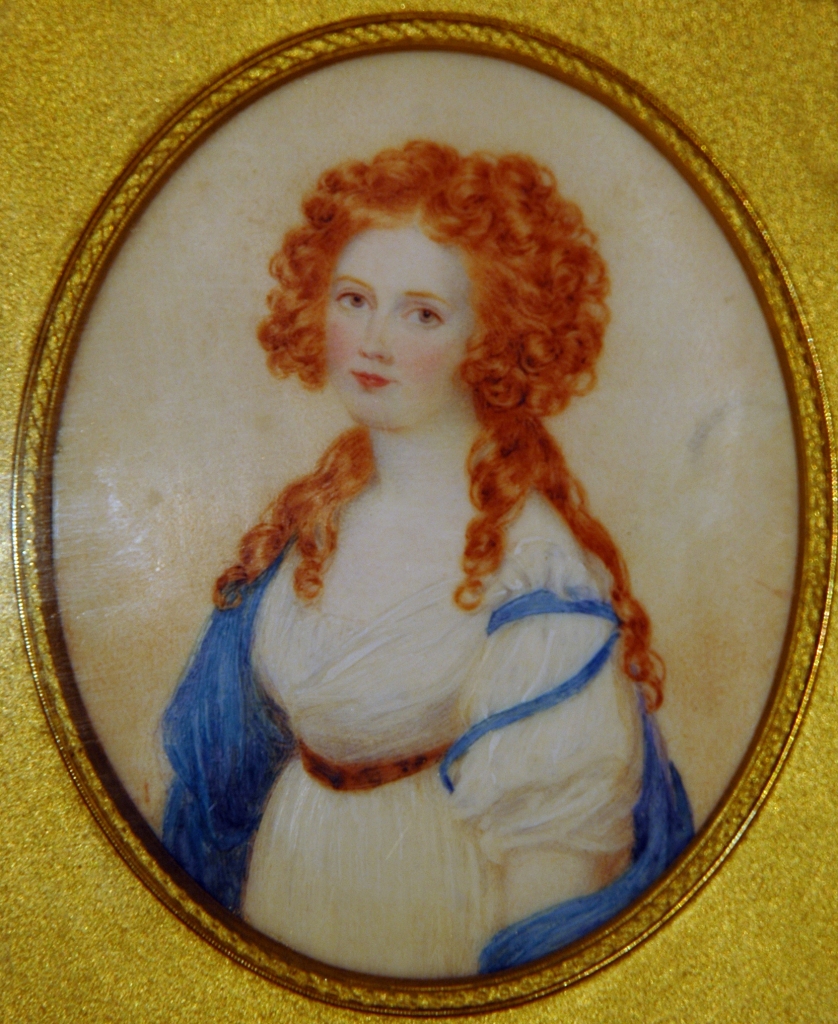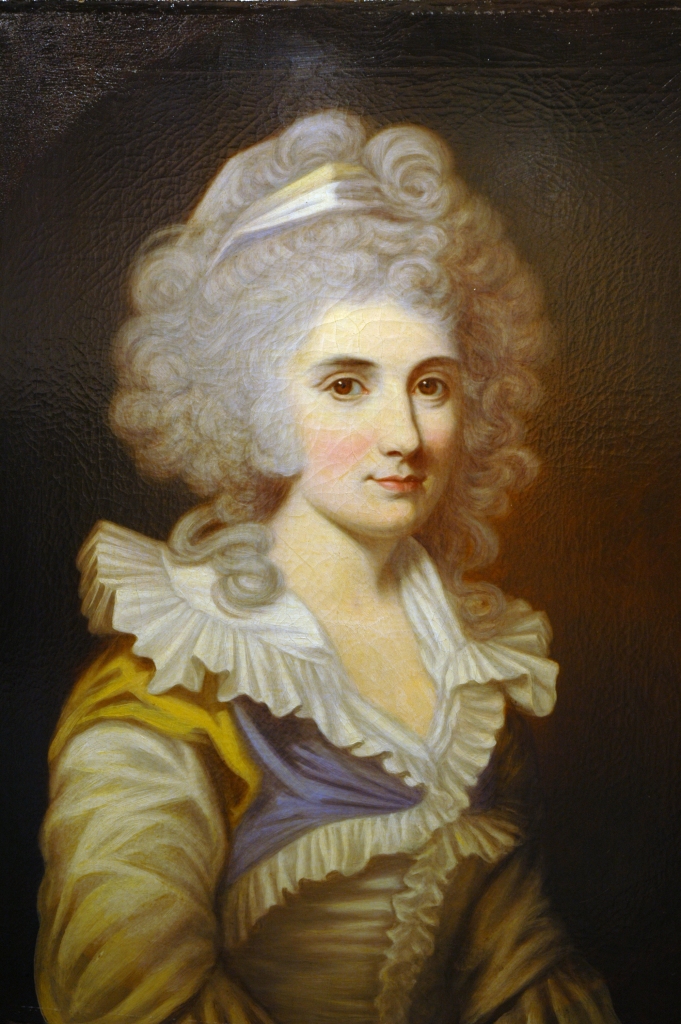On Saturday people all over the globe celebrated International Women’s Day to show their respect and appreciation towards women for their political, social and economic achievements. This got me thinking about some of the remarkable women connected to Quarry Bank, and, as I’ve just read David Sekers’ book, Hannah Greg and her daughter Bessy in particular sprang to mind.
Hannah had received an enlightened education in her youth and was raised in a Dissenting family. Her early experiences influenced her attitudes towards social reform, politics, education and the rights of women, all of which would come to influence her treatment of her husband’s workers and apprentices at Quarry Bank Mill. Hannah, as did all Dissenters, believed that education could affect social and moral progress, and that education should not be restricted to men or the middle and upper classes.

Hannah was largely responsible for the education of Samuel’s workforce. She drew up a plan to educate the apprentices, following the advice of her dear friend William Rathbone IV, titled Virtue Made Easy. This was a book of proverbs and sayings designed to instruct the apprentices on moral issues. Hannah believed “the moral lessons they contain are generally most strongly impressed, easily remembered and easily applied.”
Hannah’s attempt to educate the apprentices was part of the paternalistic approach the Greg’s applied to their workforce. She believed that “The labouring poor demand our constant attention. To inform their minds, to repress their vices, to assist their labours, to invigorate their activity, and to improve their comforts – these are the noblest offices of enlightened minds in superior stations”. This view perhaps seems somewhat patronising to the workers and the apprentices, but meant that the apprentices, including the girls, were all afforded the opportunity to learn how to read and write, an opportunity rarely afforded at other mills.
Hannah and Samuel’s children were expected to give up their time to tutor the apprentices; the entire Greg family were well-known to their workers, and became close to their master’s children, even on occasion calling them by their first name. She also became involved in the apprentices spiritual well-being and wrote a number of sermons and addressed them on Sunday afternoons after they had been to church in Wilmslow, and were she absent one of her children took her place. She also took a keen interest in the medical welfare of the apprentices, dispensing the prescriptions and treatments drawn up by the Apprentice House doctor Peter Holland.

Her care of education expanded over the years and she was most likely the driving force behind setting up a school in Styal village in 1823 for the children of the mill workers. The school also provided evening classes and lectures for the adult workers, and several of Hannah’s enlightened friends gave lectures at the school whilst staying with the family at Quarry Bank House, including the ornithologist and naturalist James John Audubon.
Hannah’s eldest daughter Bessy inherited her mother’s zeal for education and social reform. She married the son of Hannah’s friend William Rathbone IV; William Rathbone V who became a leading liberal politician in the mid-19th century. Bessy herself became an incredibly important social reformer.

She immersed herself in charitable work, helping in prisons, education in Liverpool and poor relief. Bessy played a considerable part in reducing the spread of the cholera epidemic in Liverpool in 1832, working alongside Kitty Wilkinson, who happened to have been a protegé of her grandmother, (Hannah’s mother), Elizabeth Lightbody, who as part of her charity work for the poor had taught Kitty how to read and write. Together, Bessy and Kitty worked to set up a washhouse in Kitty’s cellar where the laundry from the surrounding area was disinfected to prevent the spread of disease. Kitty’s washhouse was the first public washhouse in Liverpool. After William Rathbone V’s advice, the council finally opened several washhouses and Kitty was put in charge. Bessy wanted none of the glory and was adamant that all praise went to Kitty.
When she was 81, Bessy’s advice informed the 1870 Education Act, known as Forster’s Education Bill; one of the most important education bills to be passed in the UK. It outlined the framework for schooling for ages 5 and 13, becoming the basis of schooling for primary schools today. Forster later recalled to Bessy’s son “the most valuable suggestions I received during the passage of the Bill were those from your mother”.

Both Hannah and Bessy had sought to change the circumstances of those worse off than they, using education as their vehicle for social and moral reform.
Our upcoming exhibition Heroes of Adventure will be exploring the extraordinary stories of Madge and Helen Greg, and their brother’s fiancée Marian Allen, and you’ll be hearing more about them over the summer.
Of course, we cannot think about International Women’s Day and Quarry Bank without thinking about the remarkable women and girls who worked in the Mill, toiling away to provide for their families. As the archive continues to be catalogued, hopefully soon I will be able to share their stories and achievements too.
Laura
